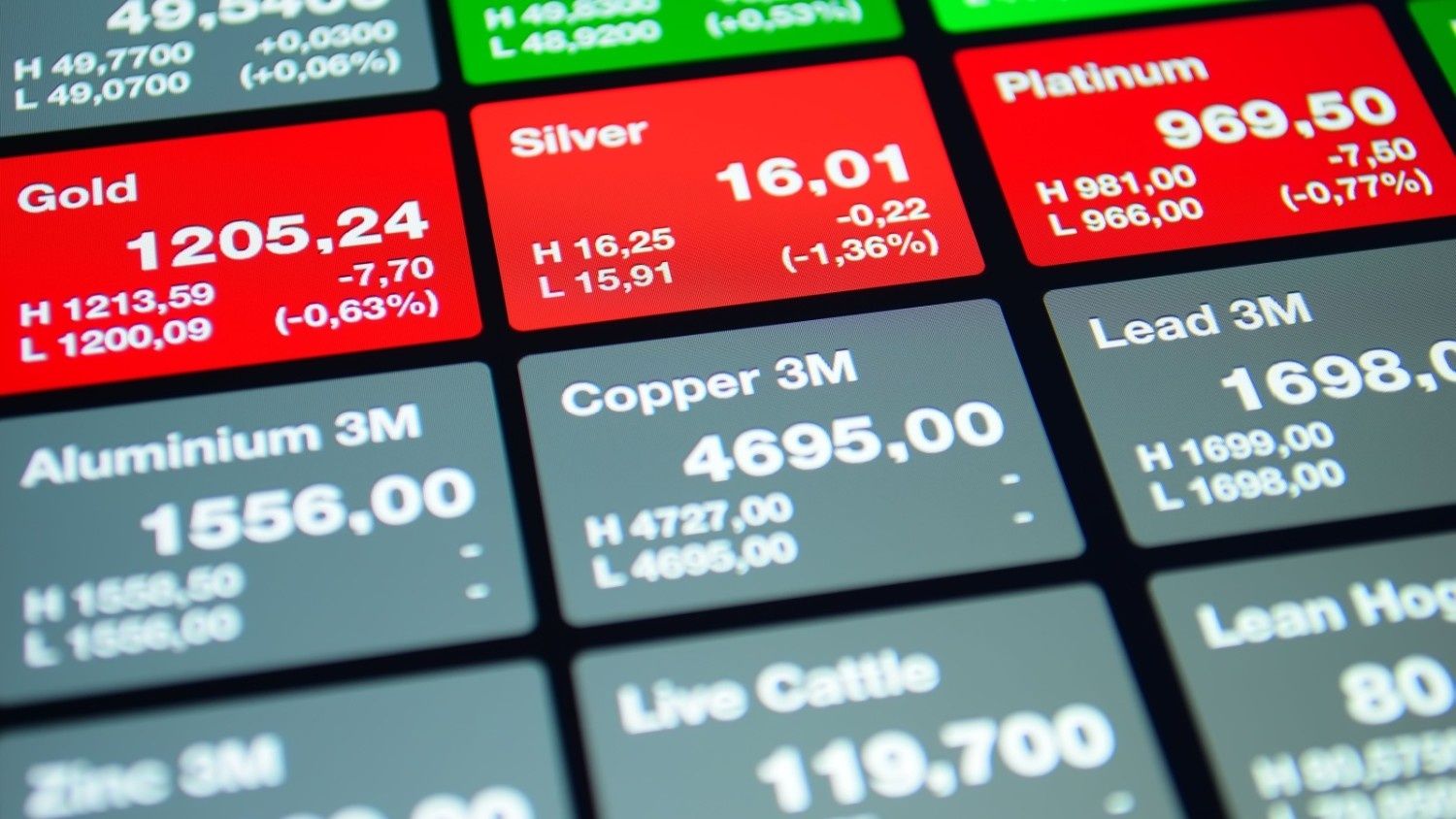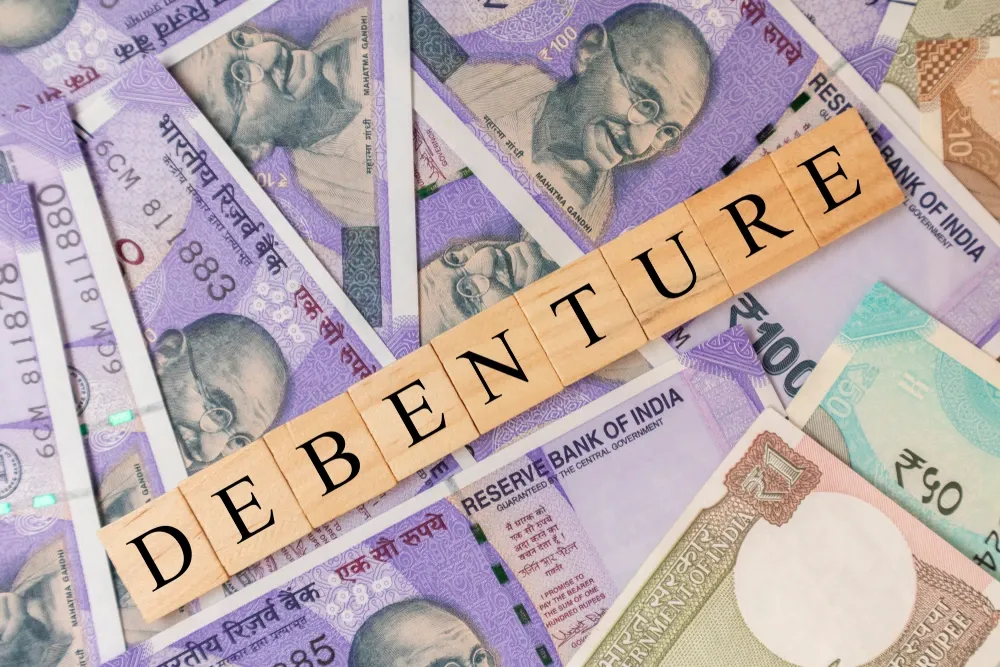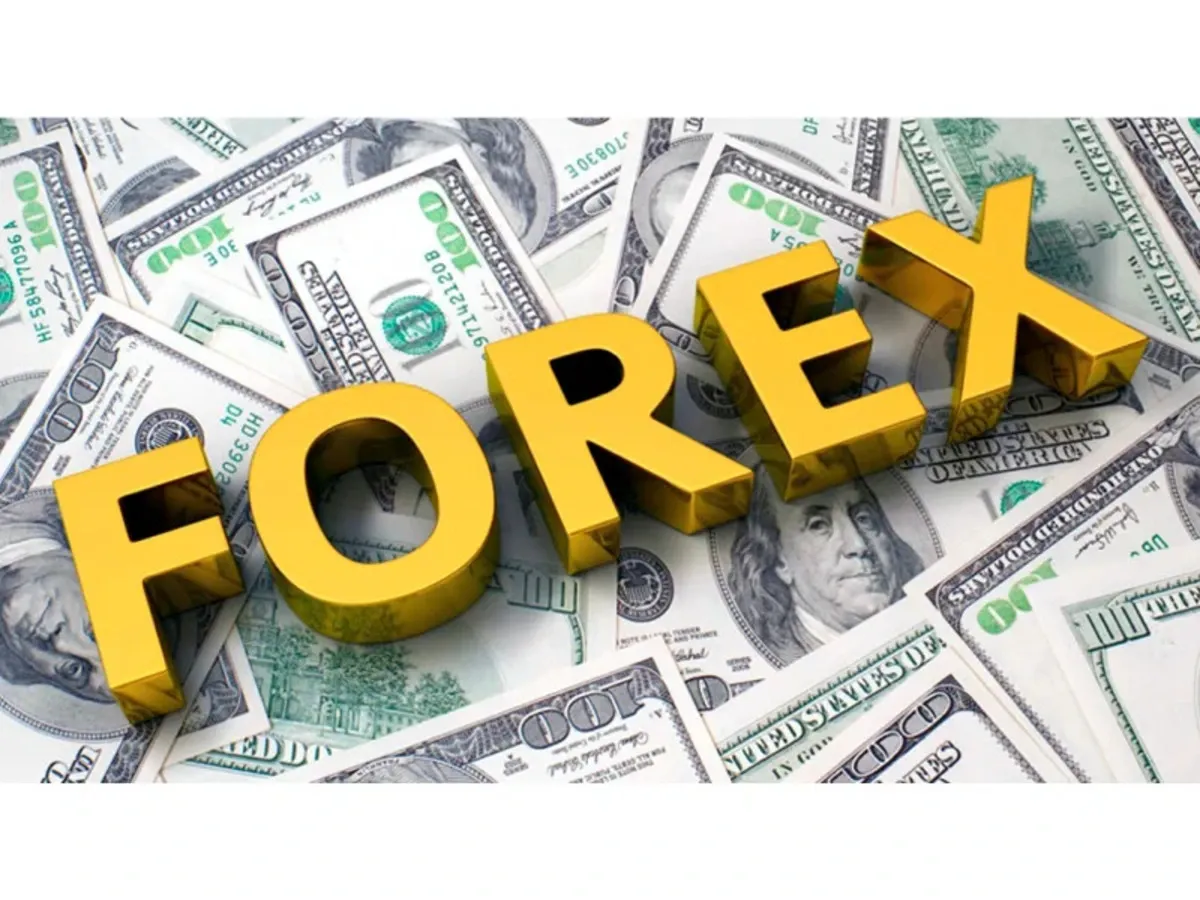Sovereign Gold Bonds vs Fixed Deposits
Written by Mariyam Sara
Published on October 16, 2025 | 2 min read

Sovereign gold bonds (SGBs) and Fixed Deposits (FDs) are favorable investments for risk-averse Indians looking to park their money in secure financial assets. Fixed deposits were the go-to for conservative investors, but in 2015 government launched SGBs to increase Indians’ participation in gold investments.
This blog will explain both investment tools, along with their pros and cons, to help you make informed investment decisions.
What are Sovereign gold bonds
SGBs are financial products issued by the Reserve Bank of India on behalf of the central government. These financial instruments are in the form of certificates that represent grams of gold in paper form. Unlike physical gold, you don’t have to worry about the storage or security of your SBGs.
RBI announces the issuance of SGBs through press releases and issues them in tranches within a specific period. RBI opens the subscription window for one week, every two to three months, and investors can buy the SGBs within this period.
You can buy SGBs in any denomination in multiples of 1 gram up to 4 Kilograms in a financial year. SGBs have a maturity of 8 years, you have the option to sell the bond only after completing the lock-in period of 5 years.
Advantages of Investing in SGBs
Provides Capital appreciation & Regular income
SGBs not only provide a fixed interest rate of 2.5%, which is paid half-yearly, but you also enjoy capital appreciation as the market value of gold increases over the period of 8 years.
Low risk
SGBs reflect the domestic gold prices, which are steadily rising in the long term.
Higher rate of return
Gold investments have offered high yields and generally beat the prevailing inflation rates. Countries and individuals start accumulating gold in times of economic uncertainty. Gold has shown a CAGR (Compounded Annual Growth Rate) return of around 13.5%, more than the interest offered on FDs.
Liquidity
After completing the lock-in period of 5 years, investors can easily sell SGBs on the stock market or redeem them with the RBI.
Disadvantages of Investing in SGBs
What are Fixed Deposits (FDs)
Fixed deposits (FDs) are a stable and secure investment tool offered by banks and other non-banking financial institutions to conservative investors. In FDs, you need to deposit a lump sum amount for a specific period of time. This money is locked in and secure with the bank on which you earn interest. At maturity, you get the principal amount along with the interest accrued.
Advantages of Investing in FDs
Fixed Interest
In FDs, the interest rate remains fixed over the agreed period, regardless of changes in the interest rate in the market. You know beforehand what amount you will receive at maturity.
Affordable
FDs are an affordable investment tool for people across different income groups. You can make an FD of a minimum of ₹5000 only.
Can be used as collateral
FDs can be used as collateral for loans as per RBI regulations.
Higher interest rate for senior citizens
Many financial institutions offer a higher interest rate to senior citizens. FDs are a simple and advantageous investment for risk-averse senior citizens.
Disadvantages of Investing in FDs
Both SGBs and FDs are low-risk investment tools, you have to pick the one that best suits your financial goals.
To learn more about investment tools, sign up on UpLearn by Upstox today!
About Author
Mariyam Sara
Sub-Editor
holds an MBA in Finance and is a true Finance Fanatic. She writes extensively on all things finance whether it’s stock trading, personal finance, or insurance, chances are she’s covered it. When she’s not writing, she’s busy pursuing NISM certifications, experimenting with new baking recipes.
Read more from MariyamUpstox is a leading Indian financial services company that offers online trading and investment services in stocks, commodities, currencies, mutual funds, and more. Founded in 2009 and headquartered in Mumbai, Upstox is backed by prominent investors including Ratan Tata, Tiger Global, and Kalaari Capital. It operates under RKSV Securities and is registered with SEBI, NSE, BSE, and other regulatory bodies, ensuring secure and compliant trading experiences.
























